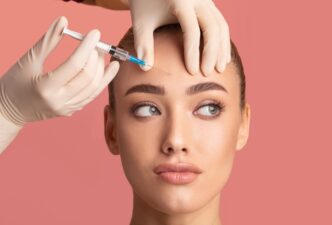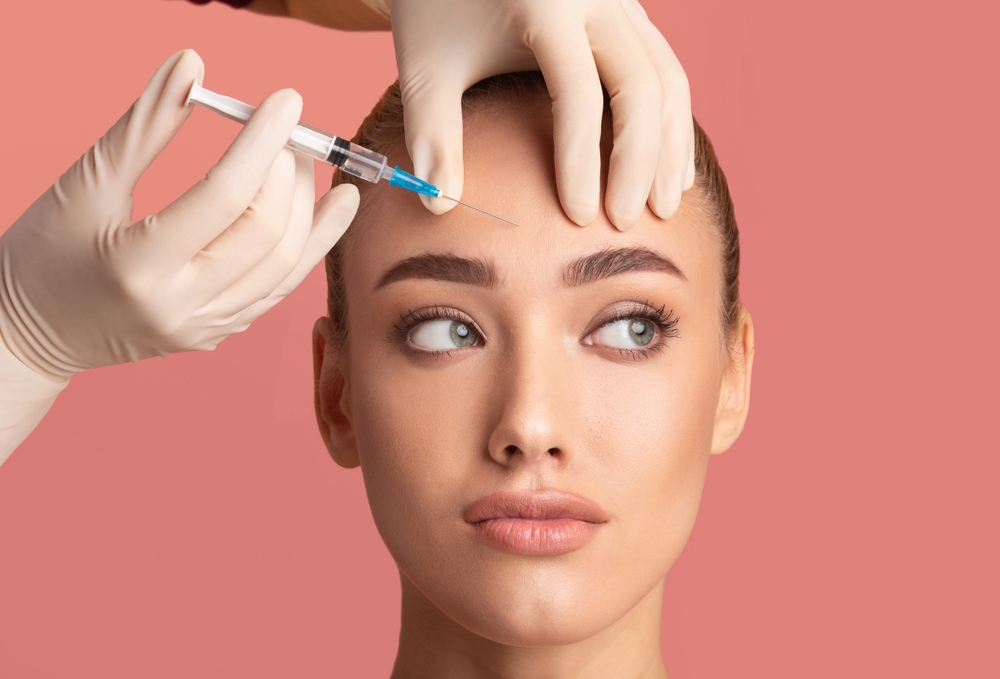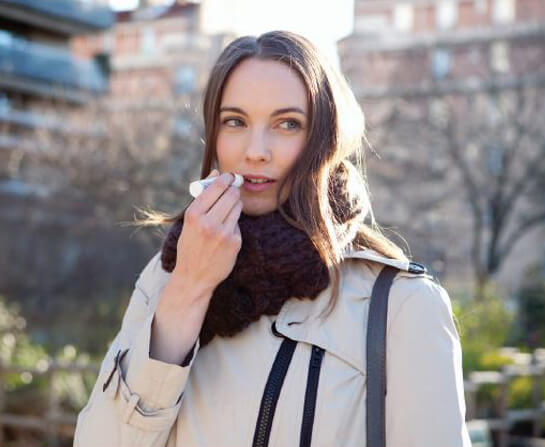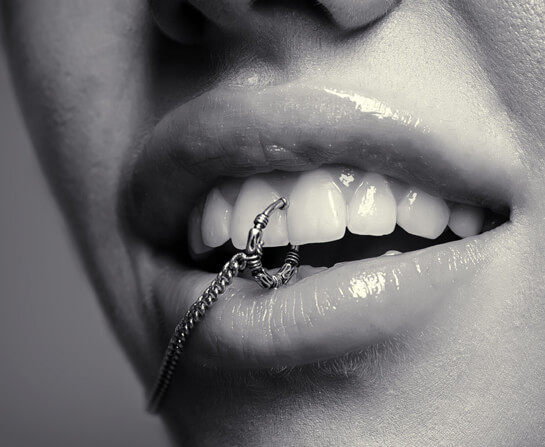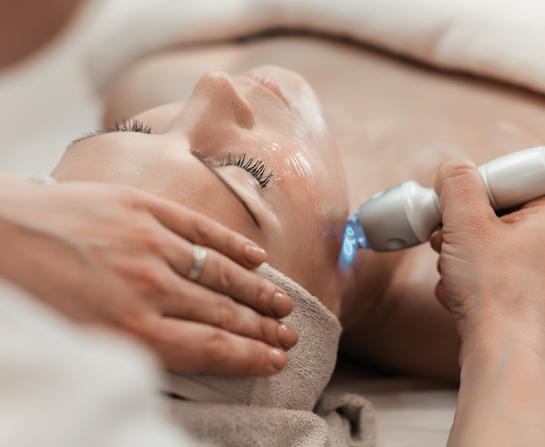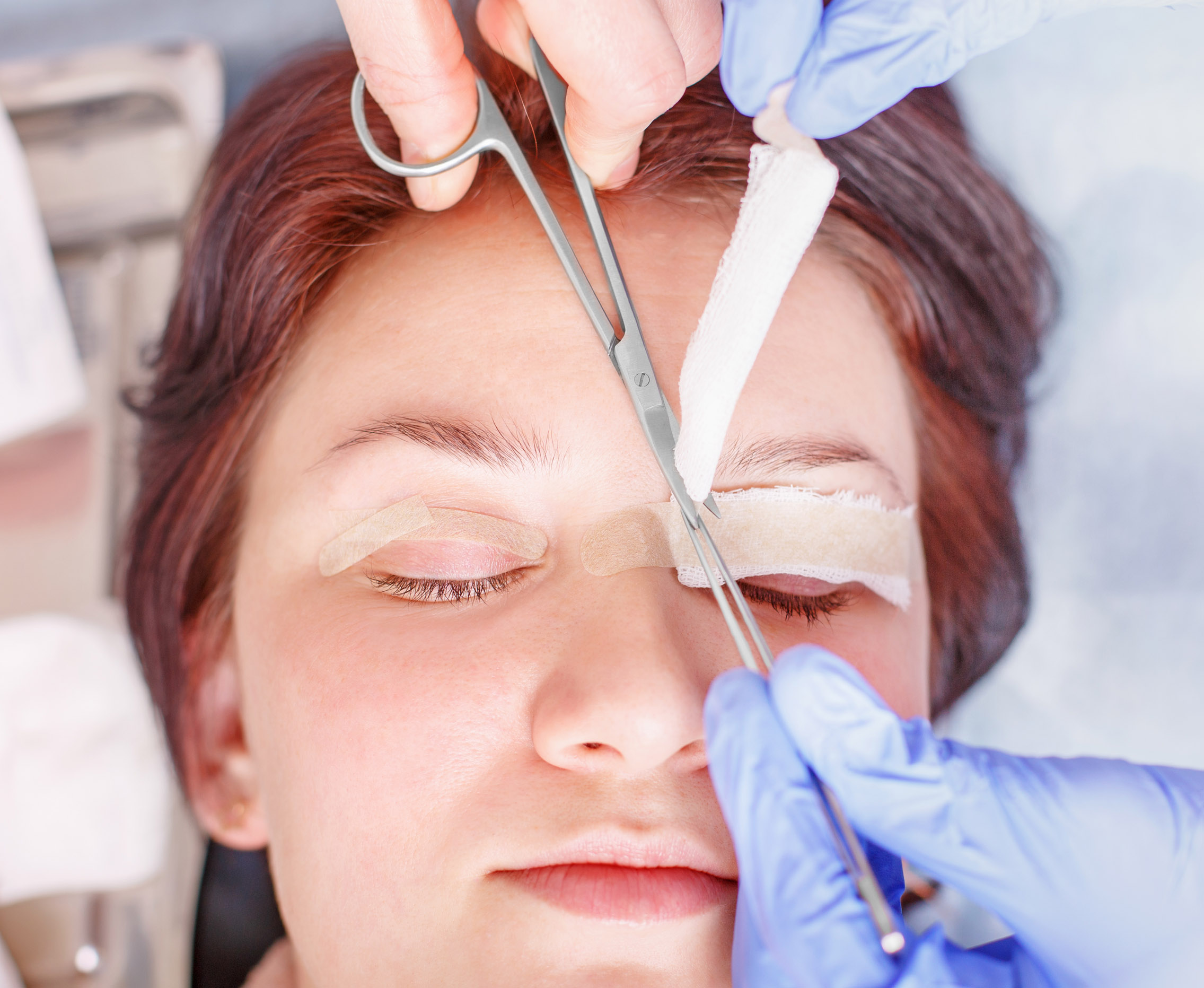Botulinum toxin injections and dermal fillers may seem similar, but they are two very different things. Although they are both injectable cosmetic treatments performed by aesthetic physicians, that’s pretty much where their similarities end. An expert in the field answers some frequently asked questions and tells us all we need to know about these two popular non-invasive procedures.
WORDS HANNAH MAY-LEE WONG
 FEATURED EXPERT FEATURED EXPERTDR WILLIAM HOO Certified Medical Aesthetic Practitioner Anna Hoo Clinic |
TELL US MORE ABOUT BOTULINUM TOXIN
Dr William Hoo:
- Botulinum toxin, or BTX for short, is a type of protein produced by the bacteria Clostridium botulinum.
- There are many different types and brand names that are registered as medication and are approved by the Ministry of Health Malaysia.
- In the medical field, BTX can be used to treat many conditions such as:
- Chronic migraines
- Muscle spasms such as those in children with cerebral palsy or in stroke patients who have lost control of their muscle movement
- Hyperhidrosis (excessive sweating) and more.
- In the medical aesthetic industry however, Botox is mainly used to reduce wrinkles.
Is BTX the same thing as Botox?Botox is actually a brand name. Specifically, it’s Allergan Aesthetic’s version of botulinum toxin type A. Just like how people say “Panadol” when they really mean paracetamol, Botox has become synonymous with botulinum toxin type A because it’s the first brand to capture the market and popular attention. However, there are now other brands in the market. |
HOW IS IT USED IN THE BEAUTY INDUSTRY?
Dr William Hoo:
Reduction of wrinkles
- BTX can be used to reduce dynamic wrinkles, or wrinkles caused by repeated muscle movement associated with facial expressions such as squinting, frowning and smiling.
- Common areas for injection are the glabella (frown lines), crow’s feet and forehead lines.
Face reshaping
- For example, reshaping a square face to a more feminine oval face via size reduction of the masseter muscle.
Face lifting
- With special injection techniques, BTX can also be used for face lifting.
Improvements in appearances
- “Gummy smile” is a smile that shows gum excessively. BTX injections can weaken the muscles that strongly pulls up the upper lip.
- For men, many get BTX injections at the frown lines to get a more approachable, refreshing and “less angry” look.
DOES GETTING BTX INJECTIONS HURT?
Dr William Hoo:
- No, because the needles used for BTX injections are very fine.
- Additionally, the doctor may apply ice packs or numbing cream beforehand, so that you may only feel minimal discomfort during the injection.
However, after the treatment, you might feel a bit heavy in the injected muscle area.
- This is because BTX works by blocking nerve signals in the muscles where it was injected.
- As a result, the injected muscle would be temporarily relaxed or “asleep”.
- Extra effort is needed to move the affected muscle, so that area might feel heavy.
- Don’t worry, the sensation only lasts about 1 to 2 weeks, and then you’ll adapt to it.
WHAT IS THE AFTERCARE LIKE?
Dr William Hoo:
There will be a needle injection mark at the injected site, therefore the goal is to prevent contamination and infection in the area.
- After treatment, avoid swimming and going for sauna sessions or massages.
- Don’t drink excessive amounts of alcohol, as alcohol causes vasodilation (the dilation of blood vessels).
- Avoid going for laser or facial treatments for about 3 days.
HOW LONG DO THE EFFECTS OF BTX LAST?
Dr William Hoo:
The effects of BTX lasts around 3 to 6 months.
RISKS AND COMPLICATIONS
Dr William Hoo:
The toxin effect of BTX may spread
- If BTX is injected over the forehead, there is a small chance that the toxin may spread downwards and cause the eyelids to droop (ptosis) or cause the patient to have double vision.
- There are medications available to treat this if it happens.
Headaches
- Some patients may experience headaches after treatment.
Breathing and speaking difficulties
- BTX can cause breathing difficulties or difficulties in pronouncing certain words when it is injected around the mouth area.
Facial asymmetry
- If the doctor injects unequal doses on the left and right side of the face, it may cause asymmetry, which can become obvious when a person is making expressions.
- Not to worry, you may go back to your doctor to correct the asymmetry; these effects are temporary and can be reversed after a period of time.
WHO SHOULD NOT GO FOR BTX INJECTIONS?
Dr William Hoo:
- Pregnant women
- Those that are allergic or people that have had adverse reactions to BTX before
IS BTX ADDICTIVE?
Dr William Hoo:
- BTX in itself is not addictive, but people can get addicted to the beauty effects of BTX.
- The communication between the patient and the doctor is very important. The doctor needs to know when to advise the patient to stop, as too much BTX may make facial features and expressions to become unnatural (stiff or mask-like).
NOW, LET’S TALK ABOUT DERMAL FILLERS
Dr William Hoo:
- Fillers are substances used to restore volume loss, whereas BTX is used to weaken the muscles that cause wrinkles. They are entirely different.
- There are different types of fillers:
- Hyaluronic acid fillers
- Synthetic fillers such as calcium hydroxylapatite, silicone, etc
- Autologous fillers, a method of using fats from other parts of the body for reinjecting into the face
Hyaluronic acid fillers tend to be a popular choice in the aesthetic industry because it is the only type of filler which has an antidote, called hyaluronidase. If anything goes wrong during the treatment, it can be reversed quickly by this antidote.
TELL US MORE ABOUT THE MANY USES OF FILLERS?
Dr William Hoo:
Previously, fillers were mainly used to restore volume, especially in the sunken under-eye area and in the lips.
Nowadays, we use fillers for much more than that — fillers can be used to correct certain features on the face.
As we age, our features tend to sag and look tired.
- Many women experience volume loss in the under-eye area.
- The corners of the mouth and the lateral canthus of the eyes also tend to point downwards as a person gets older, which may make a woman look angry or sad all the time.
- Fillers can be used to plump up and restore volume in these areas, and it will overall result in the woman looking refreshed, and more feminine and youthful.
Common areas for filler injections are:
- Over the cheeks
- Under the eyes
- At the temples
- On the chin
- On the lips
Some people that are allergic to BTX can still opt for fillers, as fillers can limit muscle movement and reduce the appearance of wrinkles—we call this myomodulation.
Lastly, fillers can also be used to reduce the appearance of acne scars.
HOW LONG DO THE EFFECTS OF FILLERS LAST?
Dr William Hoo:
Some fillers produce effects that can last around 6 to 9 months, while others can last up to 24 months.
It all depends on the brand, the method of preparation, and the concentration of fillers used.
| If you get fillers for the second or third time, the amount of fillers needed will be less than before while the effects will probably last longer. This is because when fillers are injected into an area, it stimulates collagen production. |
RISKS AND COMPLICATIONS
Dr William Hoo:
The skill of the medical professional performing this treatment is a very important factor.
- Sometimes, fillers can cause asymmetry if the dose of the filler injected is not equal on both sides.
- Filler injections can cause lumps and bumps in the skin if the level of injection is too superficial.
Sometimes, after getting fillers, some people might have redness, rashes, bruising or swelling over the treated area.
The more serious complications arise when the fillers are accidentally injected into a blood vessel — this can lead to skin necrosis (skin cell death) or blindness.
The probability of risk also depends on the type of fillers being injected.
- Fillers are riskier if injected on the central area of the face, as there are more blood vessels connected to the eyes, brain and nerves in the central area of the face.
- Hyaluronic acid fillers are more popular because it has an antidote to reverse the adverse effects, in case anything goes wrong.
It is highly advisable to consult a trained and certified medical professional from a reputable clinic, which uses good quality products.
- The Ministry of Health requires all doctors to have a license to perform these procedures, and the clinic must also have an aesthetics treatment license.
- All products used must be registered and approved by the Ministry as well.
| This article is part of a series that take a scientifically proven look at aesthetics and beauty. |

